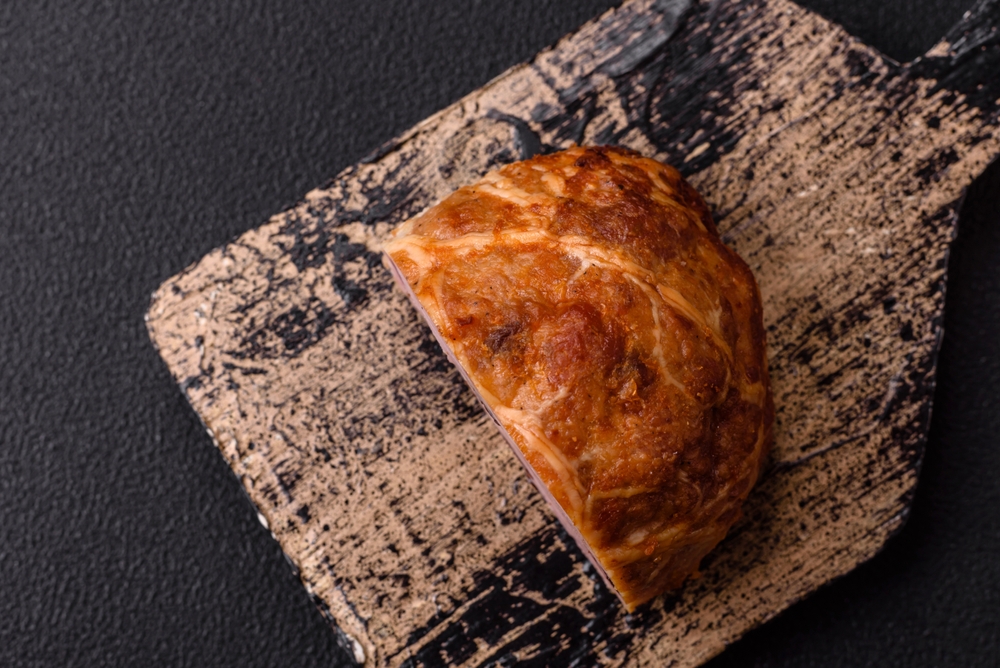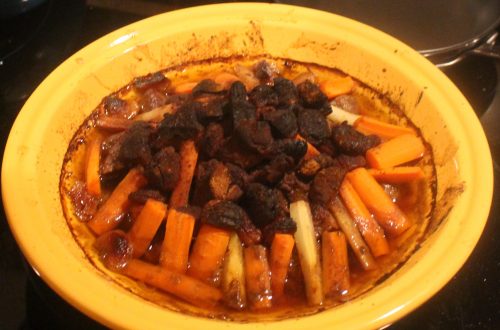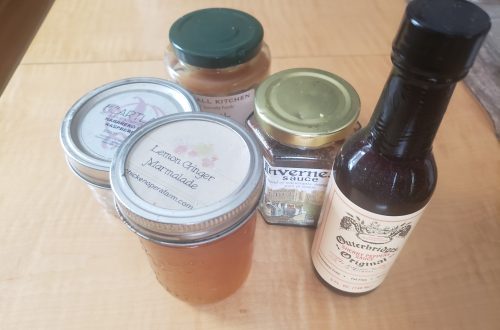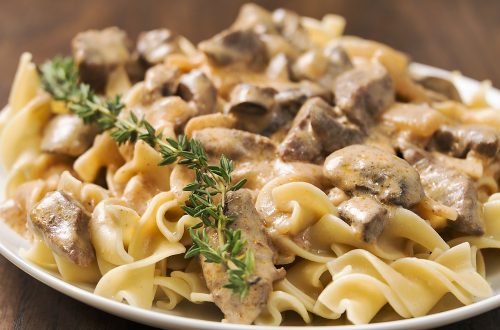
On Top of Old Smoky Meatloaf
As Labor Day approaches, I’m planning to smoke some meats for a cookout. I have a great smoker, and I’ve made a few smoked meals so far this summer, but this an especially good time of year to try something new: smoked meatloaf.
Since buying my smoker some 25 years ago, I’ve perfected a variety of smoked meats. My first big meal was a buffet for a big outdoor anniversary party – five turkey breasts plus smoked salmon for the next morning’s breakfast. I also smoked an entire stuffed turkey for Thanksgiving. I branched out into the beef category with smoked briskets and roasts. And more recently, I’ve perfected a nicely smoked pork butt that results in a North Carolina pulled pork feast – usually for a July 4th party.
Smoking vs. grilling
The downside of smoking versus grilling is that it’s somewhat more complicated. Smoking means a longer, slower cooking time, with more attention to the meat being cooked. At the same time, that’s also the advantage. Cooking low and slow with lots of smoke results in a better and more complex flavor. Indirect roasting of a fatty hunk of meat at temperatures between 250 and 300 degrees allows the meat to cook slowly and evenly. The fat and connective tissue break down, developing the flavor. And the “Maillard reaction” browns the outside surface and breaks down the sugars and amino acids to produce a series of subtle flavors. The smoke adds even more flavor to the meat that triggers my ancient DNA to desire a well-smoked meal.
A summer meatloaf
The thought of all those mouthwatering flavors and the aromas in the backyard are what’s driving my desire for something a little different. For smoked meatloaf, same technique, but with different meats. Most recipes start with a mix of ground beef and ground pork. The advantage is that the pork will add some melted fat to the loaf that will enhance the flavor. Then there are the binders – panko, breadcrumbs, or crushed crackers – with eggs and a little milk. For flavoring, I mixed in aromatics (onion and garlic), herbs (parsley and oregano), and paprika, then added some acid in the form of tomato paste, chopped sun-dried tomatoes, and a splash of vinegar. The acid adds balance to the fats and helps amplify the flavor. Some cooks also add shredded cheese and most blend in a little barbecue sauce, ketchup, or Worcestershire sauce.
Everything is combined, formed into a loaf, and placed in a loaf pan. Then it’s a matter of firing up the smoker and roasting the meat for an hour or two until it reaches an internal temp of about 160. During the last 20 to 30 minutes, some recipes suggest coating the top of the loaf with barbecue sauce or tomato sauce. When it reaches temperature, it’s ready to remove from the heat, rest 10 minutes, slice, and serve.
What else can we smoke?
Of course, there are more unusual foods that folks can smoke, as I’ve found out while researching this blog. At some point, I might try meatballs or chicken wings. But I think I’ll draw the line at smoking bologna (called Oklahoma prime rib) or mortadella. As for smoked olives, nuts, and salt, it’s a lot easier to buy them at a specialty gourmet shop. And I don’t think I’ll even consider smoked apples, pears, or mac and cheese. Meanwhile, I’ve been plagued this week with the musical earworm “On Top of Old Smoky.”
From your email, please click on the headline to view the blog and photo on the website. You can log in and comment at the end of the blog to share your thoughts and start a discussion, or suggest a topic for Farmboy in the Kitchen.
If you’d like to share the blog, click on the Facebook icon or one of the others. Thanks!




